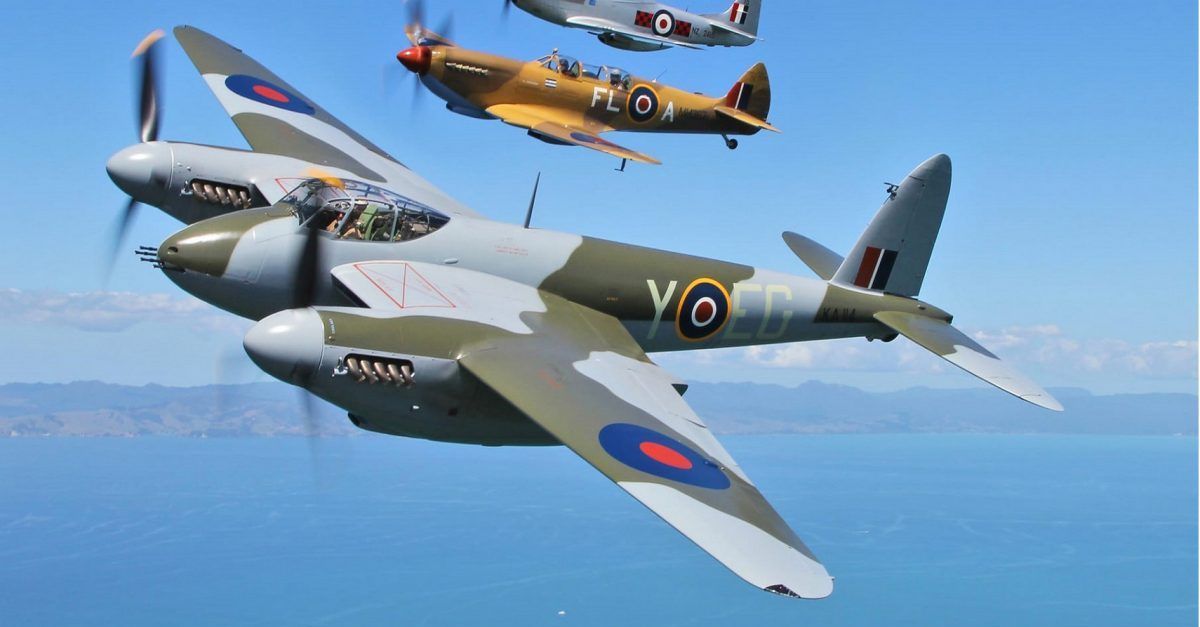
10 Things Everyone About The De Havilland Mosquito
Originally conceived as a high-flying, unarmed photo-reconnaissance aircraft, the Mosquito saw service in wide-ranging roles from bomber / fighter-bomber, night-fighter, anti-shipping strike, trainer, torpedo bomber and even as a target tug.
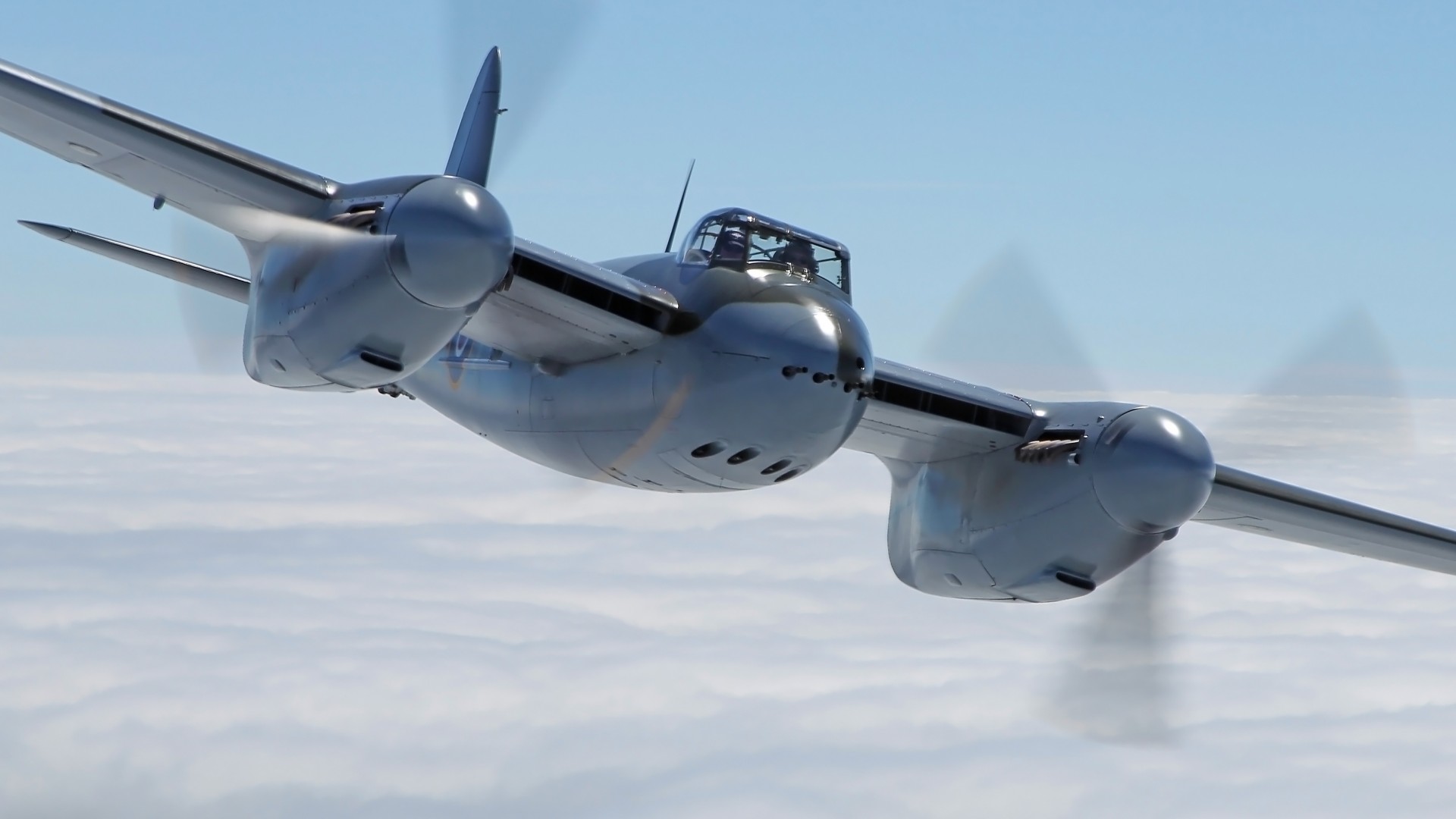
Restore the de Havilland Mosquito Square Mile
COCKPIT VIEW IN FLIGHT! Steve Hinton discusses flying the de Havilland Mosquito, the aircraft history, and restoration. If you are a WWII aircraft enthusias.

De Havilland DH98 Mosquito FB26 Untitled Aviation Photo 4499837
The de Havilland Mosquito was a British light bomber that served in many roles during and after the Second World War. Mosquito-equipped squadrons performed medium bomber, , tactical strike, anti-submarine warfare and shipping attack and night fighter duties, both defensive and offensive. [1]
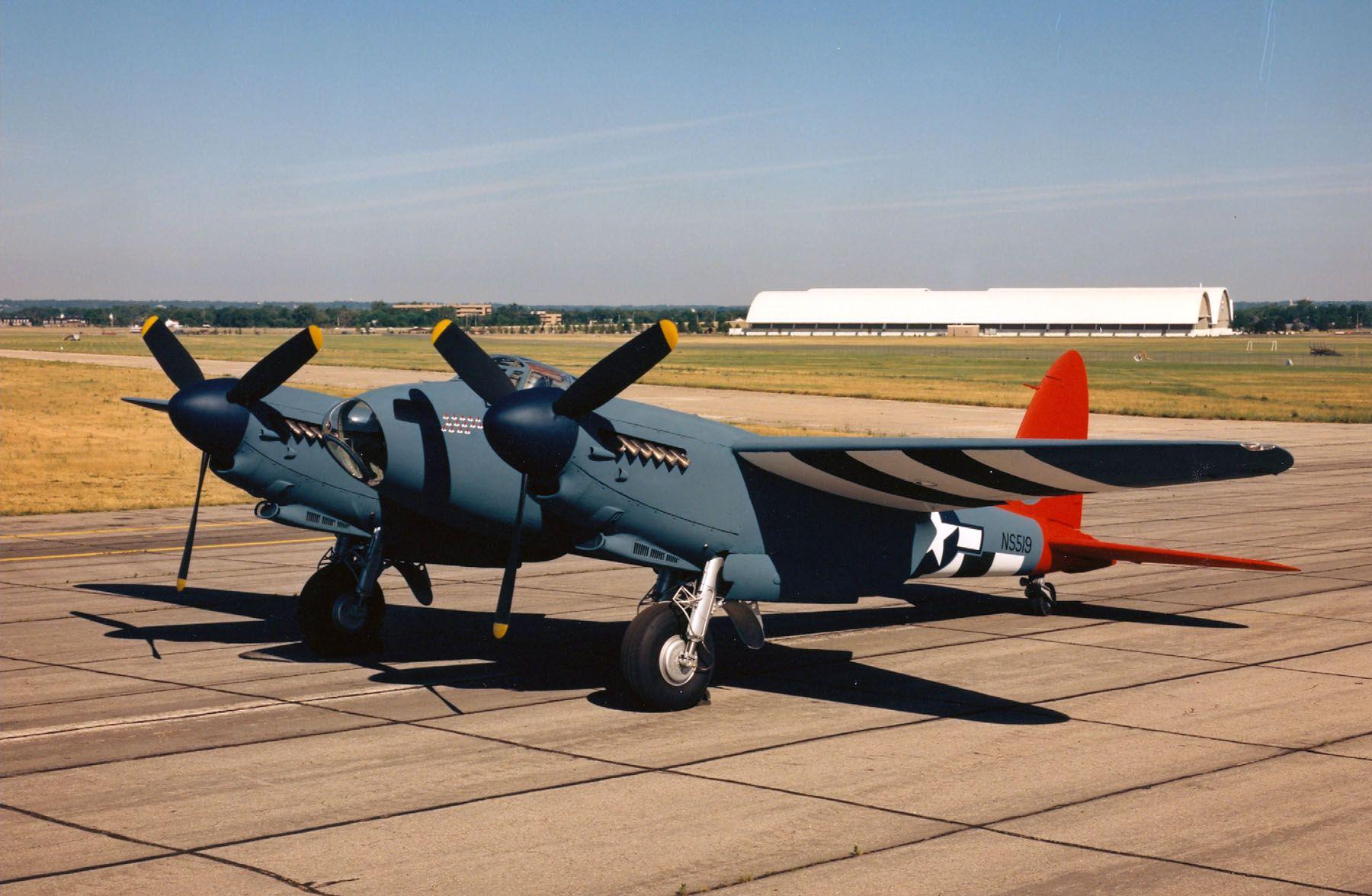
De Havilland Mosquito Wallpapers Wallpaper Cave
The prototype made its first flight on November 25, 1940. This was only ten months and twenty-six days after detailed design work had commenced. The first Mosquito sortie was made on September 20, 1941, when a single aircraft made a reconnaissance flight over France.
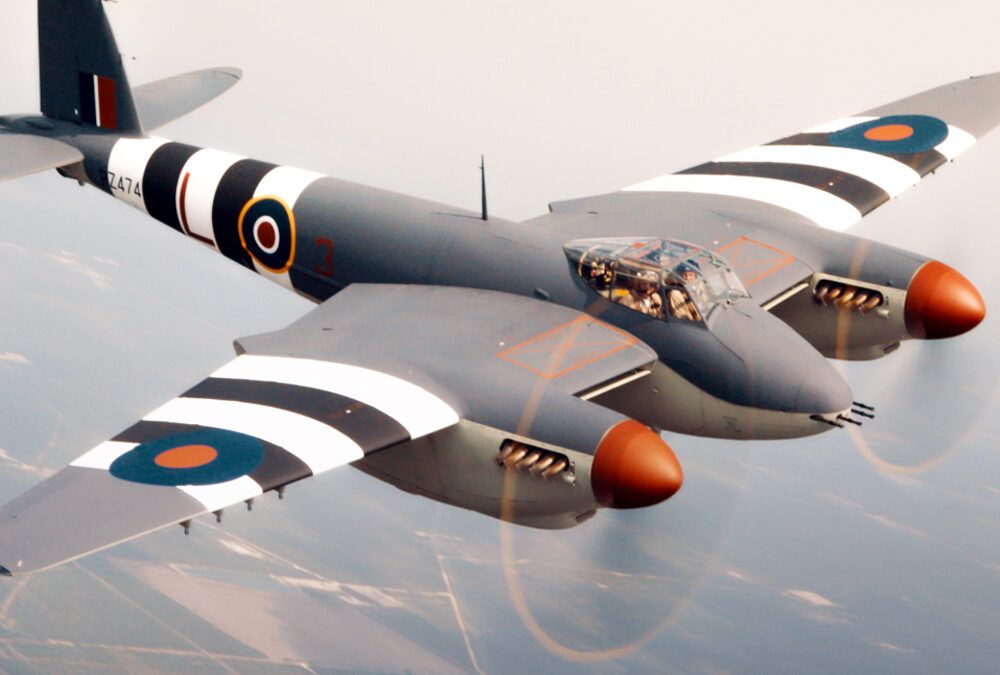
The de Havilland Mosquito EAA Warbirds of America
culture Alan Wilson/Wikimedia Commons There are very few war machines that can accurately be called beautiful, but the de Havilland Mosquito is defiantly one of them. Sleek, yet seemingly.
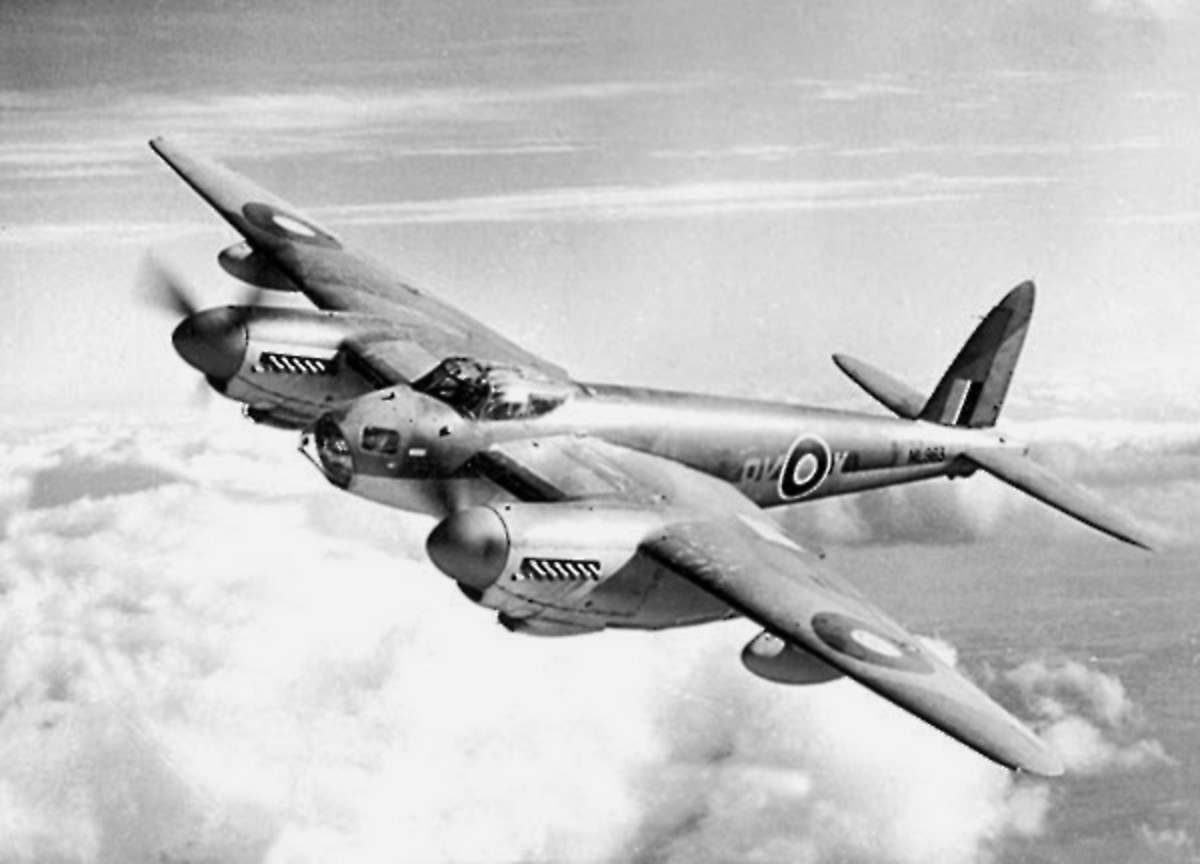
History of the British De Havilland Mosquito HubPages
The de Havilland Mosquito was a British twin-engine, multirole combat aircraft that served with the Royal Air Force (RAF) and other Allied air forces during the Second World War. It was constructed primarily of wood, earning it the nickname, " Wooden Wonder .". The Mosquito was first introduced in 1941, and the final operational units were.

De Havilland DH 98 Mosquito
The de Havilland Mosquito was the anti-Fortress, a bomber proposed to the Royal Air Force with speed as its salvation, not guns. Many forget that the Mosquito turned out to be the first of its kind and the B-17 the last of its line. Never since have bombers truly been armed defensively.

de Havilland Mosquito
Texas-based Lewis Air Legends de Havilland Mosquito PZ474, which is one of only four airworthy examples of the type in the world.As previously reported, the Mosquito FB VI was originally constructed at Hatfield in 1945 and was used for RAF training before serving with 75 Squadron in New Zealand as NZ2384.

Aircraft Painting, Aircraft Art, Wwii Aircraft, Military Aircraft, Reconnaissance Aircraft
The Mosquito's final combat missions were flown as part of the Israeli Air Force's operations during the 1956 Suez Crisis. The Mosquito was also operated by the United States (in small numbers) during World War II and by Sweden (1948-1953). The de Havilland Mosquito was one of the most versatile aircraft of World War II and largely served as a.
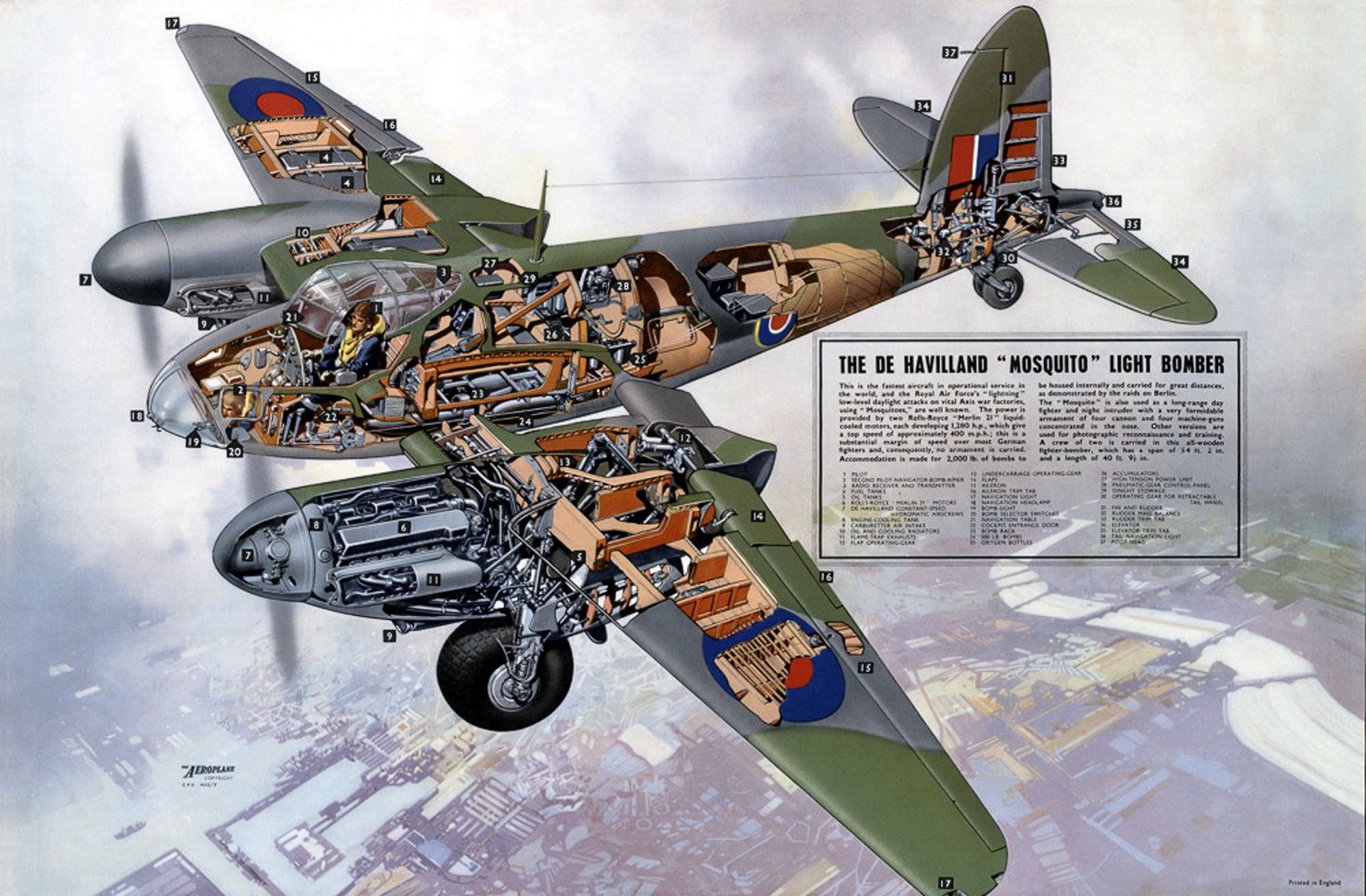
Documentary The Revival Of A De Havilland Mosquito
Gaining Altitude: The Mosquito Reborn tells the story of a Mossie through archival footage and interviews with veteran pilots. We follow the incredible proce.

Mosquito de Havilland BoomerVoice
de Havilland Mosquito. The de Havilland Mosquito was one of the most successful aircraft of the Second World War. Only the Junkers Ju 88 could rival its versatily. All this was achieved by an aircraft which encountered great resistance when it was offered to the RAF. The Mosquito was designed as an unarmed, high-speed bomber.
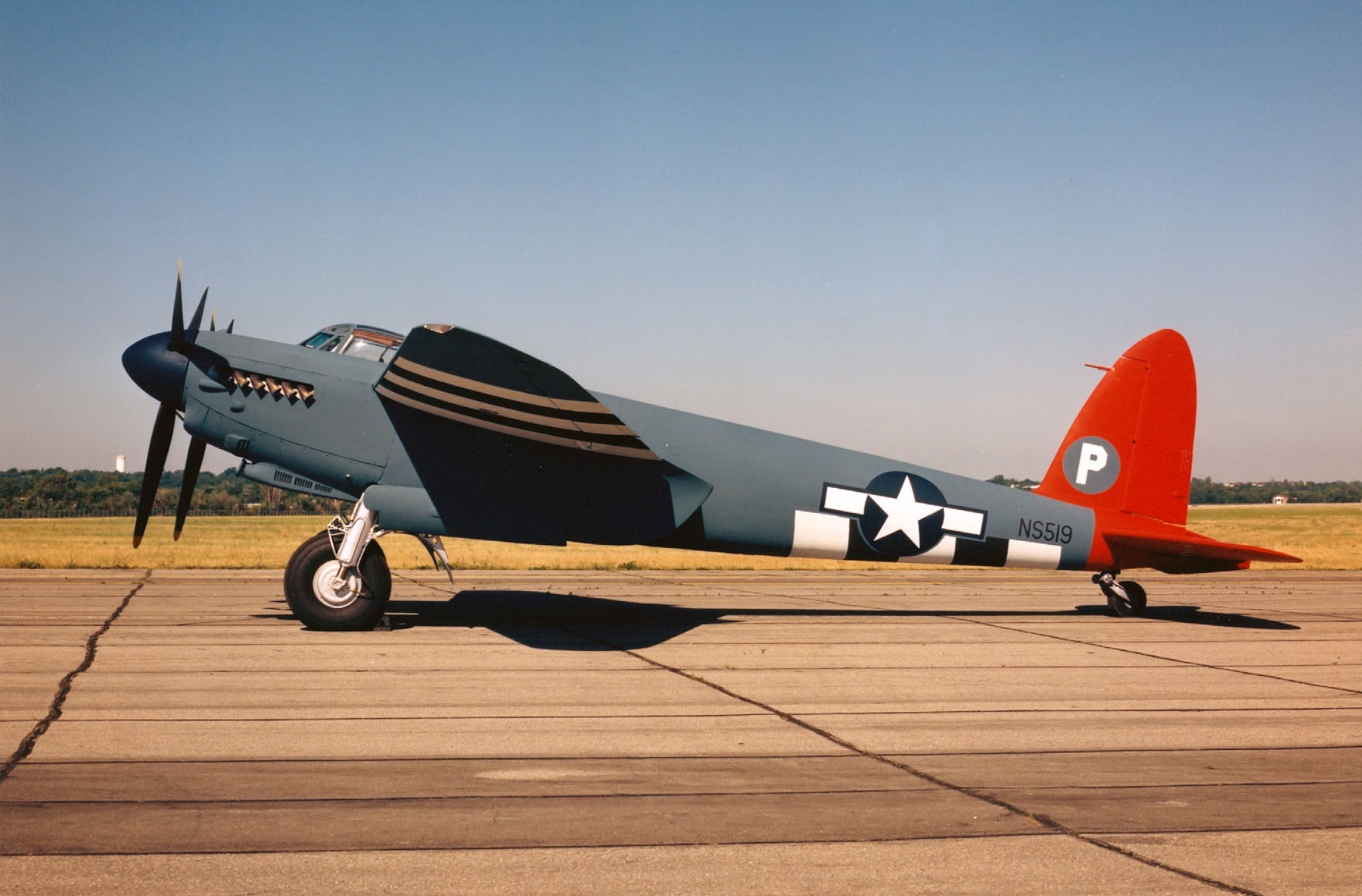
De Havilland DH 98 Mosquito > National Museum of the US Air Force™ > Display
De Havilland Mosquito "Mossie" was the nickname for one of the most remarkable combat aircraft of the Second World War: the de Haviland Mosquito. The original all-wood design was intended as a light bomber but quickly proved highly versatile with reconnaissance, fighter-bomber, night fighter, and intruder variants being developed.
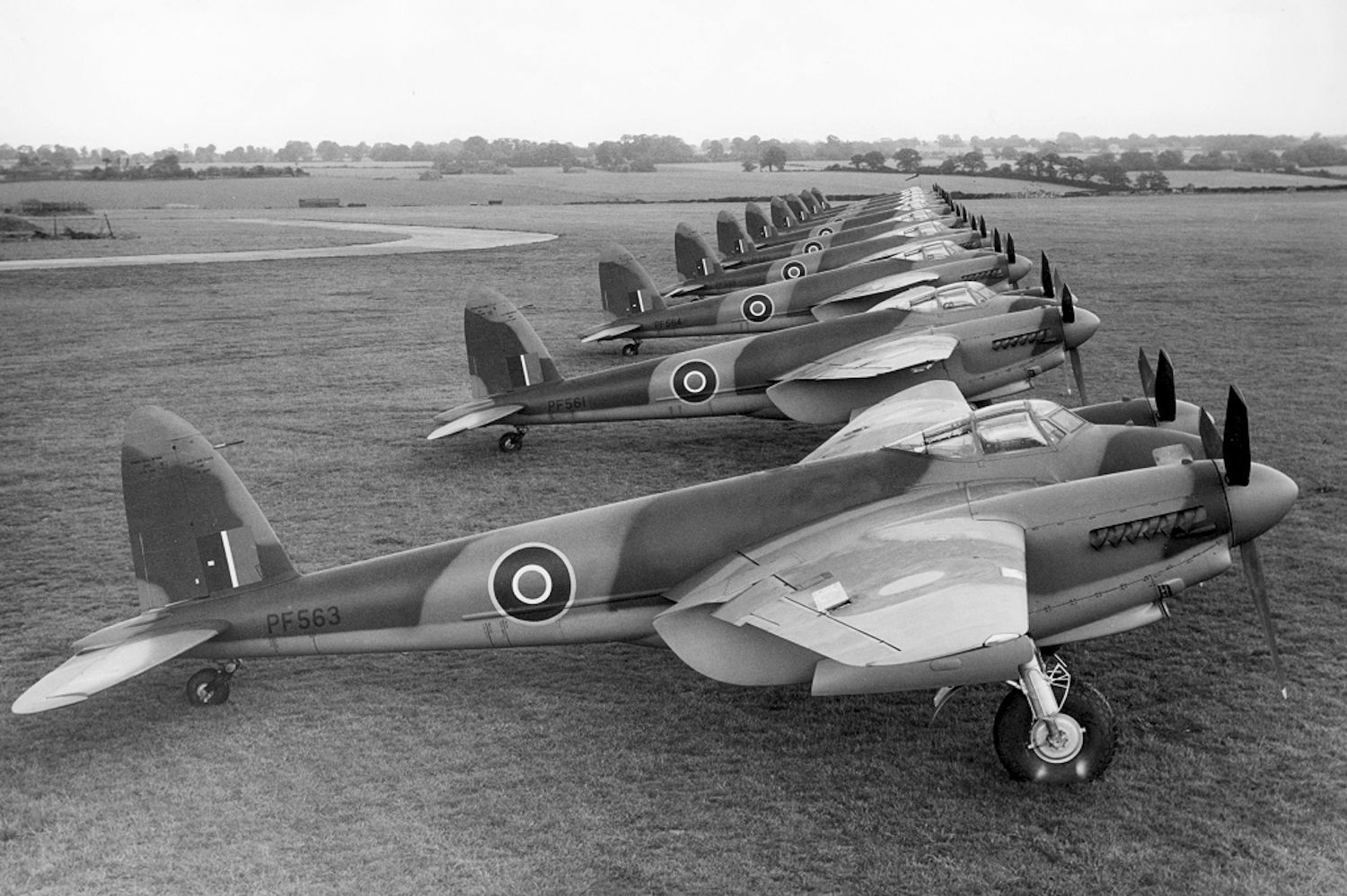
Innovation in Construction Mosquito Plane kdA
40K Share 2.3M views 2 years ago When Sir Geoffrey de Havilland first pitched his idea for a two-seater bomber made of wood with no armament, few people were willing to accept his design. But.

Pin on Dieselpunk Air power
An example of engineering ingenuity inspired by the challenges of war, the De Havilland Mosquito's all-wooden design was a major advantage during a time of acute shortages of light metal alloys. Most of the aircraft was made of plywood. The fuselage was a frameless shell made of balsa wood sandwiched between sheets of birch. Related Articles
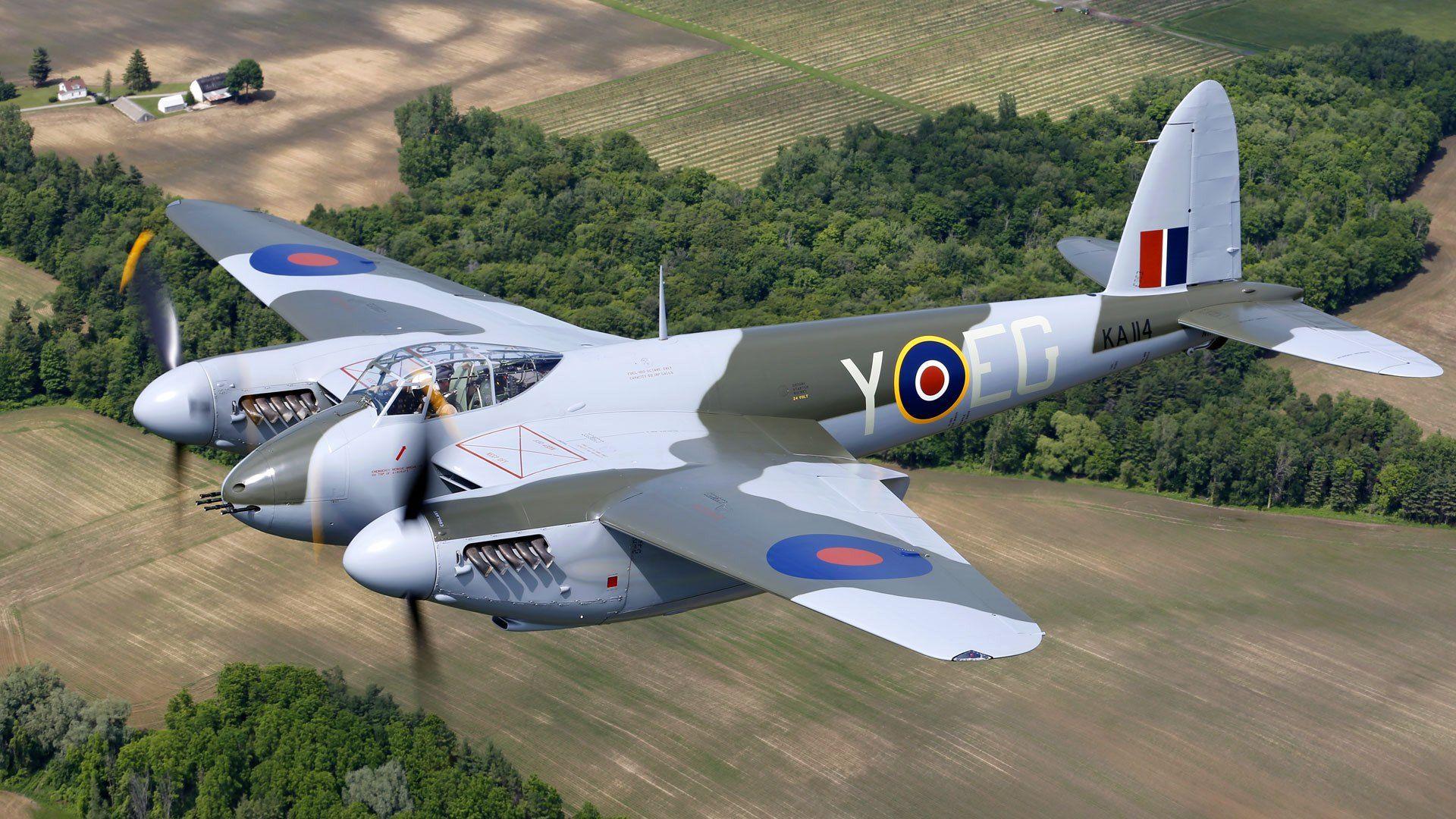
De Havilland Mosquito Wallpapers Wallpaper Cave
A short-form documentary I filmed and edited about Lewis Air Legends' de Havilland Mosquito, which won the WWII Grand Champion award during the 2019 EAA AirV.

De Havilland DH98 Mosquito FB26 Untitled Aviation Photo 2168849
The De Havilland Mosquito was nicknamed the 'Wooden Wonder" due to it's wooden frame construction. It also has quite the history. Here are 10 facts you never knew about the fastest operational aircraft in the world right at the start of World War 2. 1. You can buy your very own De Havilland Mosquito for a cool $7.25 Million